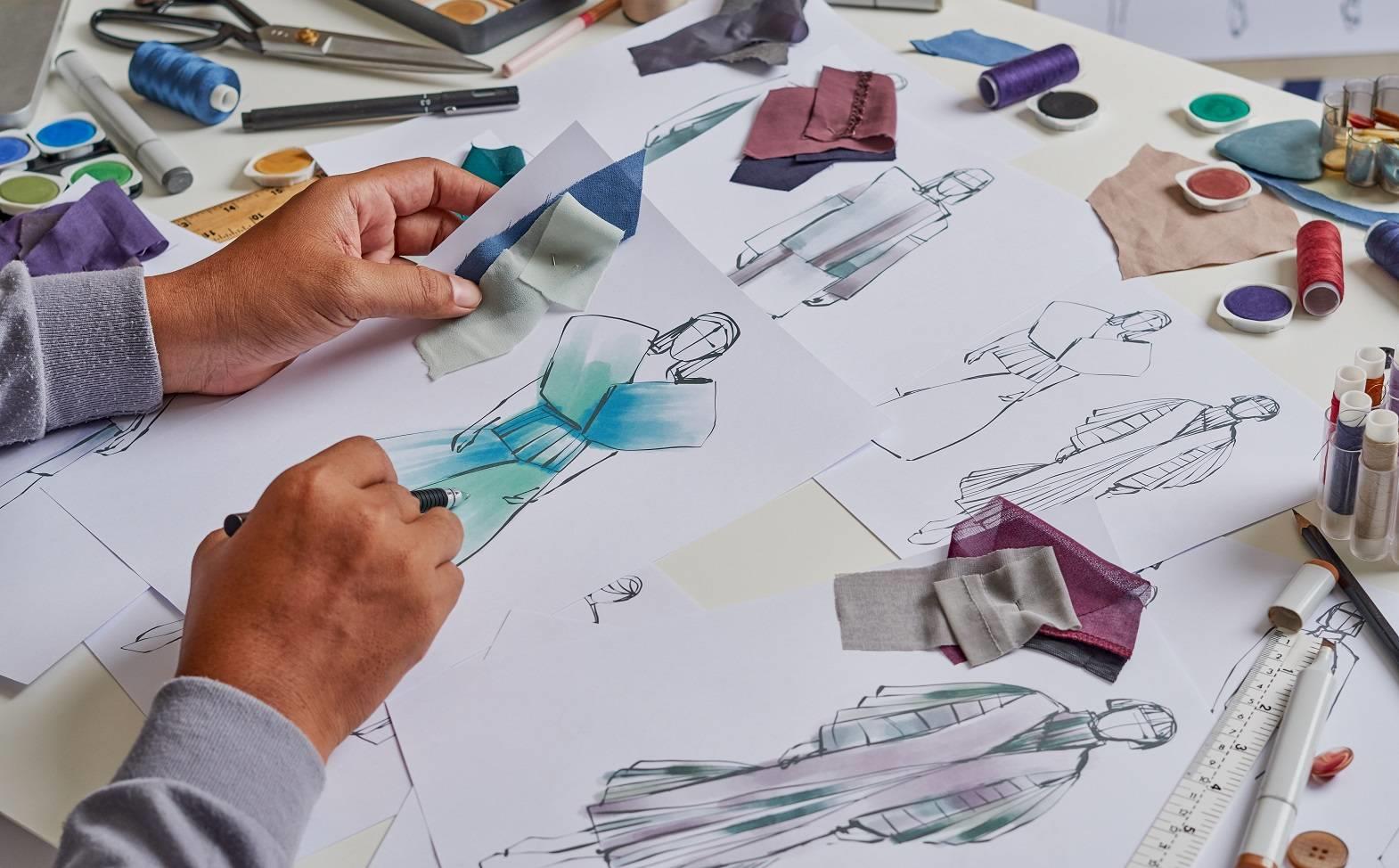Industrial pattern making acts as the crucial link between the initial design and the production process, transforming a designer's sketch into a three-dimensional, functional garment. Patterns provide a means of interpreting the design, regardless of the style, size, shape, or number of pattern pieces. When these pattern pieces are sewn together and fitted onto a dress form, the pattern is translated into a three-dimensional form.
The practice of industrial pattern making is a highly developed technical skill that demands precision in the drafting and development phases. It also requires a deep understanding of the overseas buyer's specifications and measurement size chart. The measurements provided in the size chart ensure that the garment is ready to wear, including the necessary ease and tolerances required to accommodate the design or style features of the garment.
Industrial pattern makers must possess a comprehensive understanding of human body proportions and measurements. Their tasks include:
Examining flat sketches and design specifications to determine the shape and size of pattern parts.
Evaluating the positions, cuts, and patterns using tools like scissors, notch makers, and knives.
Tracing the outline of the specified pattern onto material and cutting the fabric according to the requirements of a single-size garment.
Marking the finished pattern with information about the garment size, section, and style.
Drawing lines between reference points to create the outline of the graded pattern.
Creating patterns for a range of garment sizes, grading the master pattern for each size using charts or grading devices.
Once the pattern parts for each size are created, they are transferred onto cardboard patterns, and these patterns are cut into sections to create templates. After pattern making is completed and approved, it is transferred onto the fabric from which the initial sample garments are produced. These garments are tried on live models using dress forms and then adjusted for fit, balance, style, and shape.
The next step involves making corrections to the pattern on paper. This adjustment, fitting, and correction process is repeated until the perfect pattern is achieved. Industrial pattern making serves as the backbone of the apparel industry, and pattern masters play a crucial role in this process. International buyers place orders repeatedly because they receive garments of the highest quality and fit.
In some cases, international buyers send their pattern blocks to pattern makers. Industrial pattern makers must rearrange the pattern components as per the specified measurements, and final pattern parts are created with greater accuracy. Once the pattern parts are confirmed, these same patterns are used for repeated orders placed by international buyers.
A garment is a three dimensional product, whereas the raw materials such as the fabric are two dimensional. So to convert into a three dimensional garment, industrial pattern makers must introduce the depth and fullness to the fabric in specific area in order to get a proper fit for the human body. This process is done with the help of the industrial pattern making.
Industrial Pattern making contain the following details:
The seam lines are marked properly on these pattern parts and notches are to be indicated by means of a small device called notch-maker. To stitch the garment correctly the following instructions must be marked on the pattern:
- The name of each piece.
- Centre back and centre front.
- The number of pattern pieces to be cut.
- Folding symbol.
- Balance marks: these are used to make sure pattern pieces are sewn together at the correct points.
- Seam allowances: these can be marked by lines around the pattern or notches at each of the seam end. If a pattern is neat (has no seam allowance), mark clearly on the pattern.
- Construction lines: These include darts, button holes, pocket placing, tucks, pleats and lines. These are marked on the pattern or shown by punch holes.
- Grain lines: To achieve the effect as required, one must understand the principle of placing a correct grain of the fabric and mark the grain line with an arrow. Further, mark the grain lines on the working pattern before it is cut into sections. Once it is cut into pieces it can be difficult to find the correct grain on complicated pattern sections.
- Pattern size.
- Style number.
The professional industrial pattern makers must arrive at the workplace with all the tools needed for pattern making. Each tool is marked with a identify symbol and transported in a carrying case for convenience and production.
Tools: Awl, Mechanical pencils, Tailors square, Metal-Tape, Measuring-Tape, French curve, Flexible curve, vary form curve, Hip-curve, French curves, Long-ruler, Measuring wheel, Paper weights, Stapler and remover, Hand-punch, Marking chalks, other pencils and pens, erasers, notchers, Tracing wheel, Yellow and blue carbon papers, Push pins, Straight pins, Pin-cushion, Plastic ruler, Circle template, Masking-tape, Compass, Pattern paper.
Industrial pattern makers are considered to be the back bone of the apparel manufacturing industry. A good garment is always created by experienced industrial pattern makers. They must be well-versed in making patterns to suit the individual.
R.S. Balakumar has M.A (Sociology), MLM. He is a member of the Council of the ISTE member, New Delhi and specializes in Garment Technology.







Comments